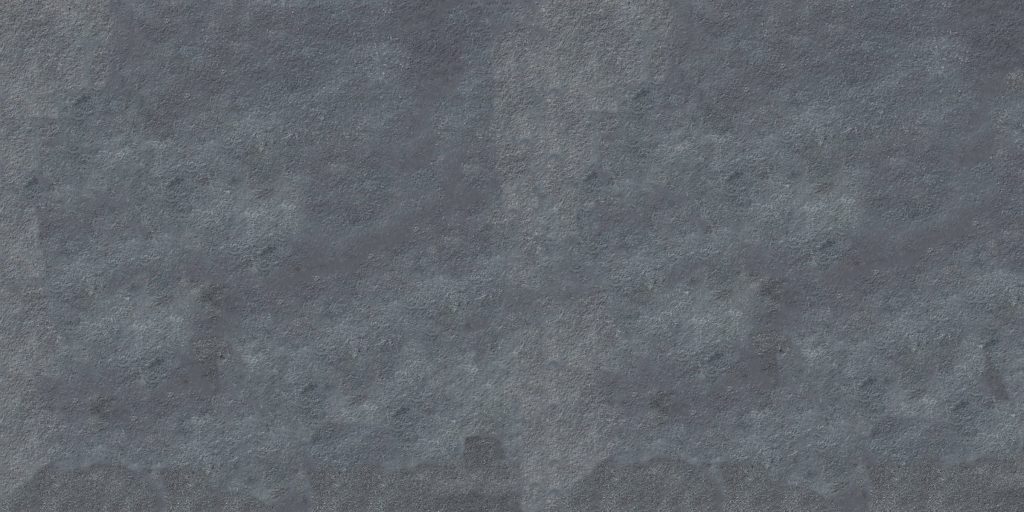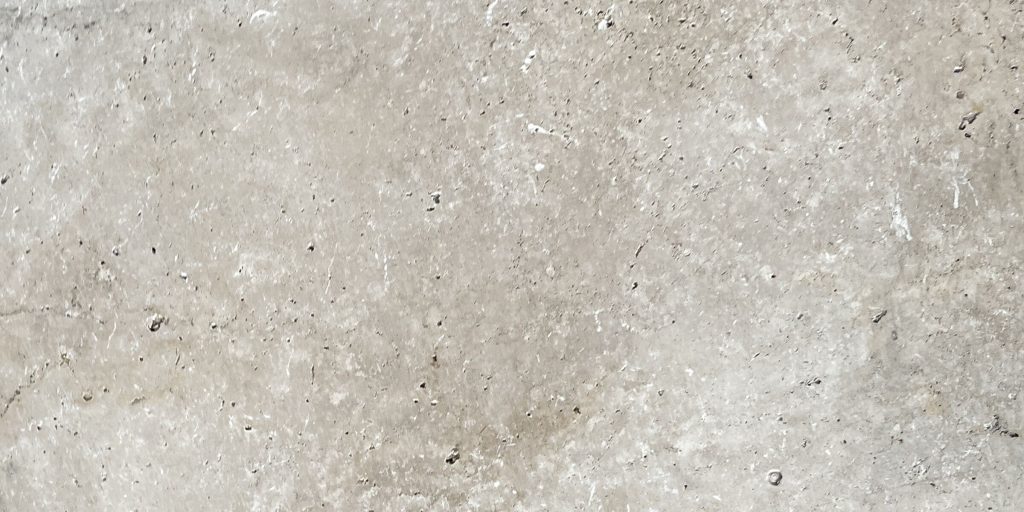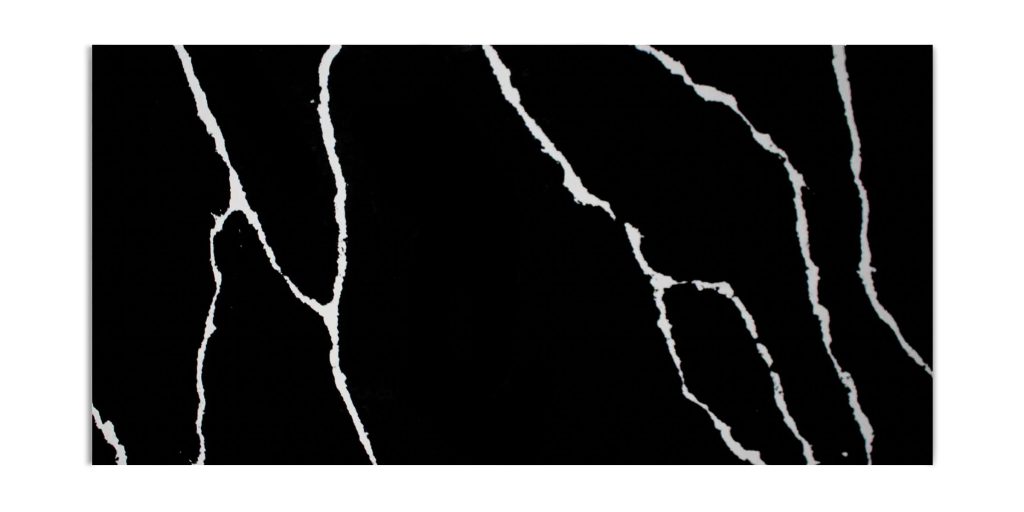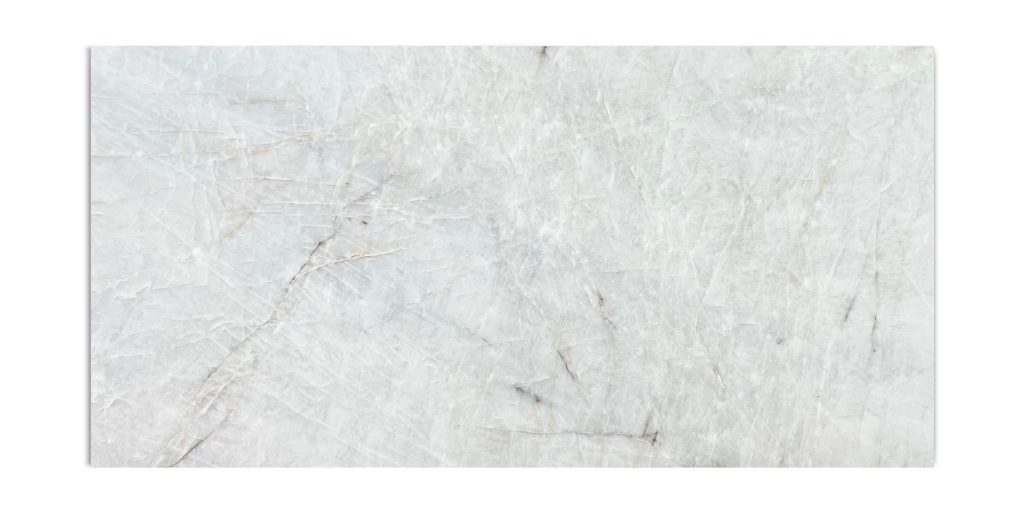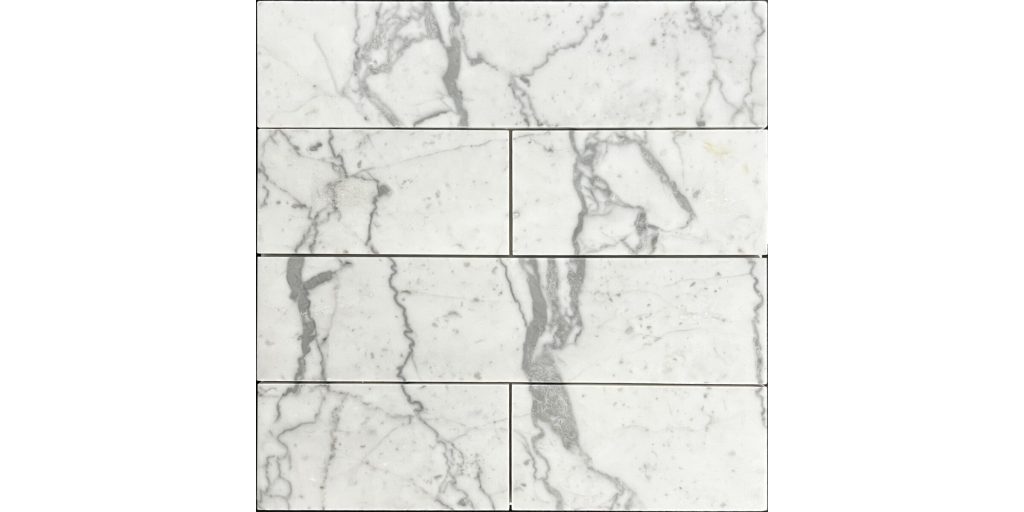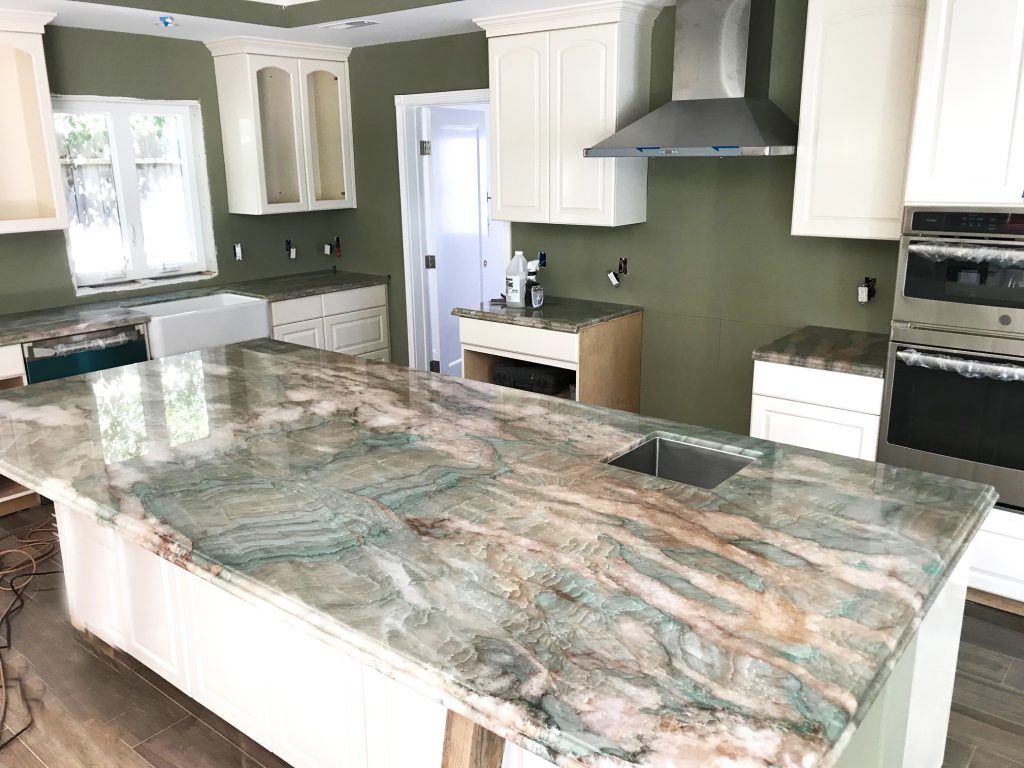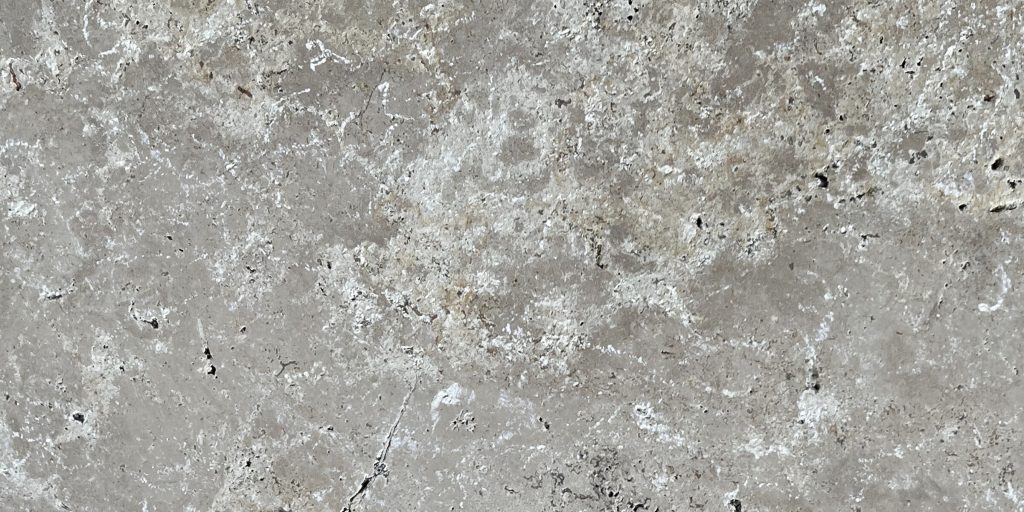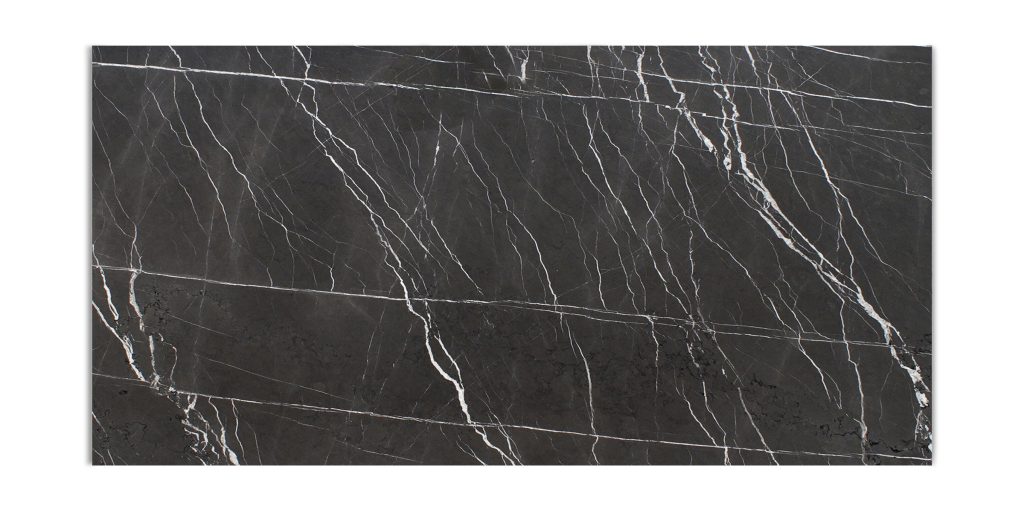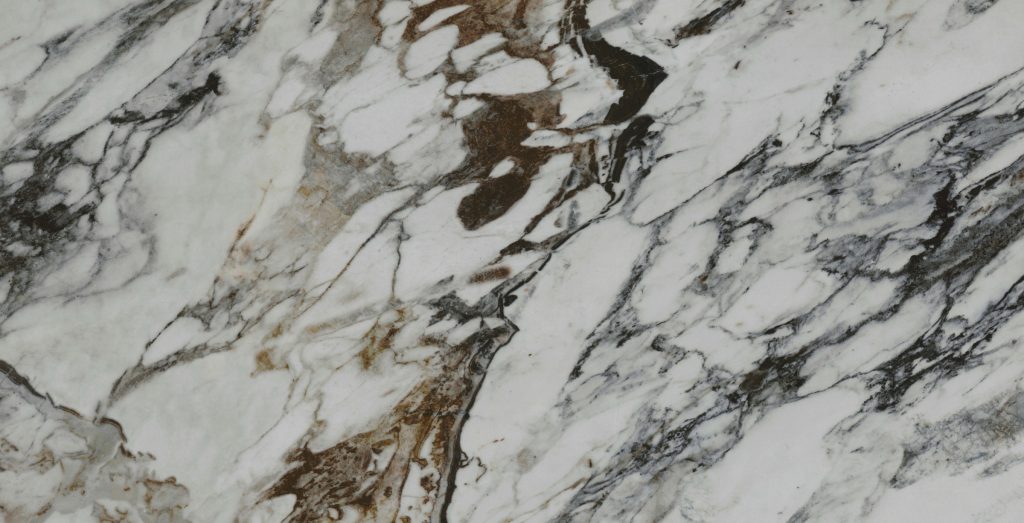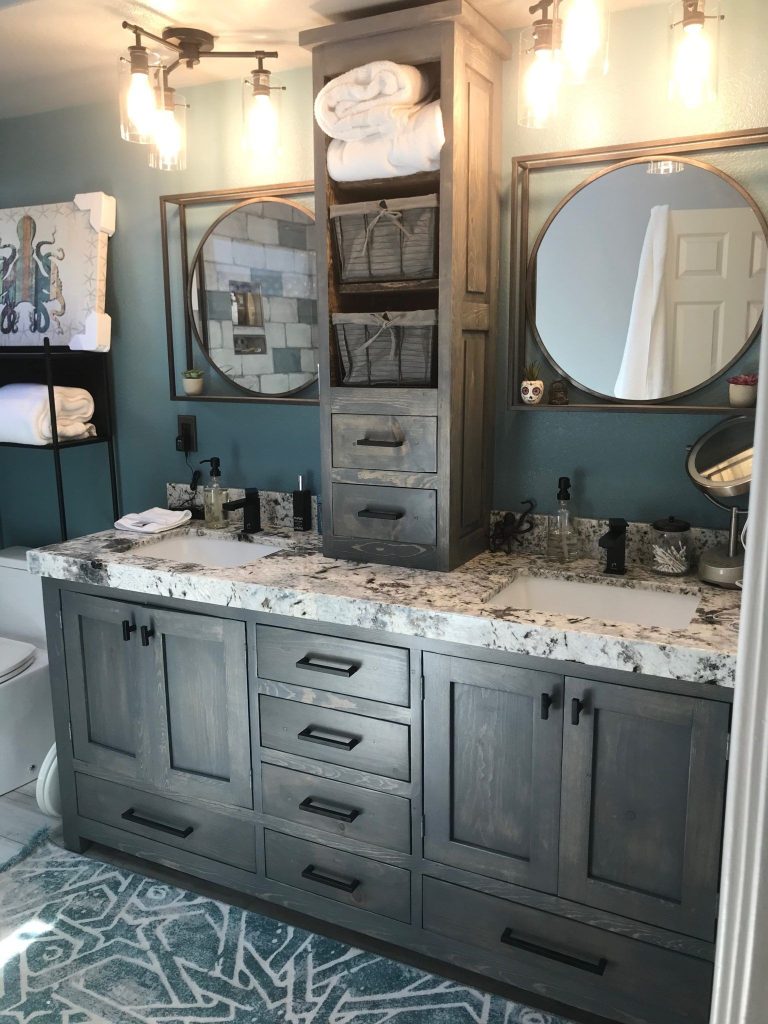Do you need drainage under pavers?
When planning to install a paver patio, walkway, or driveway, one question often arises: Do you need drainage under pavers? The short answer is yes, proper drainage is essential for the longevity and functionality of your paver installation. Let’s explore why drainage matters and how to ensure your project stays durable and beautiful for years to come.
Why Is Drainage Important Under Pavers?
Pavers are designed to create a stable, attractive surface, but without proper drainage, water can cause several issues:
- Soil Erosion
Standing water can seep into the ground, eroding the soil beneath the pavers and causing them to shift or sink. - Weakened Base
A poorly drained base can become soft and unstable, leading to uneven pavers and cracks. - Water Damage
Freeze-thaw cycles can cause water trapped under pavers to expand, leading to cracks and dislodged pavers over time. - Mold and Mildew Growth
Excess water can promote the growth of mold and mildew, creating an unattractive and potentially hazardous surface.
How to Ensure Proper Drainage Under Pavers
Ensuring proper drainage involves several key steps during installation:
1. Excavate and Grade the Area
- Proper grading is essential to direct water away from the structure. Aim for a slope of about 1/4 inch per foot to prevent pooling.
2. Use a Base Layer of Crushed Stone
- A compacted base layer of crushed stone (4–6 inches deep) creates a stable foundation while allowing water to drain through. This prevents water from pooling directly beneath the pavers.
3. Add a Layer of Bedding Sand
- A 1-inch layer of bedding sand provides a smooth surface for laying pavers. It also helps with minor water drainage.
4. Consider Drainage Systems
- If your paver installation is in a flat area or near a structure, installing a drainage system like a French drain or perforated pipe can help direct water away.
5. Use Permeable Pavers
- Permeable pavers allow water to pass through the joints and into the ground, reducing runoff and promoting natural drainage.
Signs Your Pavers May Need Better Drainage
If you’ve already installed pavers and are noticing issues like pooling water, sinking areas, or moss growth, it’s a sign that your drainage system might need improvement. In some cases, regrading or installing additional drainage solutions can resolve these problems.
Final Thoughts
Proper drainage is a crucial element in any paver project. By taking steps to ensure water flows away from your pavers and into the ground, you can prevent common issues like soil erosion, shifting, and water damage. Whether you’re a DIY enthusiast or hiring a professional, don’t overlook this critical aspect of paver installation—it will save you time and money in the long run.
Have questions or tips about paver installation? Share them in the comments below!

